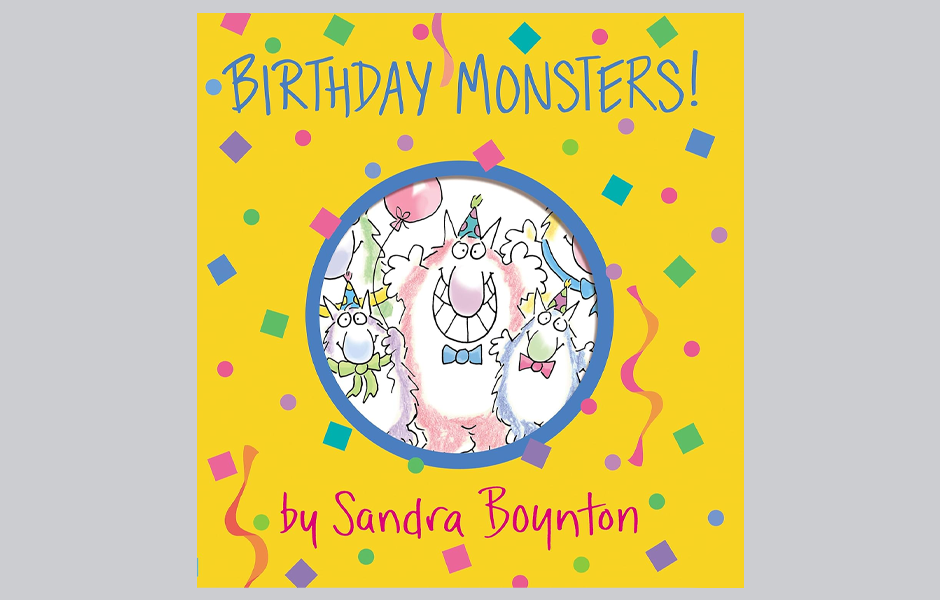Sing the “Happy Birthday” song with your child and pretend to blow out candles together. Once you have sung the song a few times, change the song to make it your own with rhyming words. As you sing, talk about the words that you hear:
“Happy Birthday to you, you’re about to turn two, so blow out your candle, for your big birthday crew! Wow, did you hear the rhyming words? (Pause and wait for a response). Yes! You, two and crew all rhyme. The ending sounds the same. Great listening!”
Continue to make up new lines and listen for the rhyming words together.



